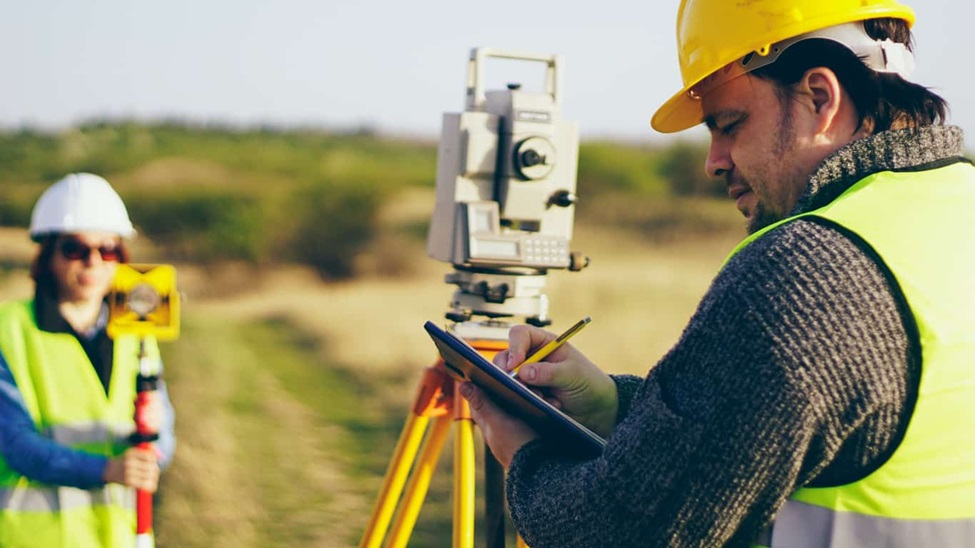In the world of surveying and mapping, accuracy is everything. Even a tiny mistake can lead to big problems, whether in construction, land development, or environmental studies. One tool that is making a real difference in achieving higher accuracy is the BRx7 GNSS receiver system.
This advanced technology is changing how surveyors work and improving the quality of their results.
What is the BRx7 GNSS Receiver System?
The BRx7 GNSS receiver system is a high-precision device used for collecting location data. It works by connecting to satellites and calculating exact positions on Earth. This system is built for reliability and can use signals from various satellite networks, including GPS, GLONASS, Galileo, and BeiDou. This flexibility allows it to work in different conditions and locations.
How Does the BRx7 Improve Accuracy?
The BRx7 GNSS receiver system enhances accuracy in several ways. First, it uses multiple satellite systems to get better signals. This means that when surveyors take measurements, they can trust that the data is correct. The more satellites the system connects to, the clearer the signal, leading to more precise results.
Additionally, the BRx7 features advanced algorithms that filter out noise from the data. Noise can come from buildings, trees, or even the atmosphere. By reducing this noise, the system provides cleaner and more accurate data, which is essential for surveying and mapping.
Real-World Applications
The impact of the BRx7 GNSS receiver system can be seen in many real-world applications. For example, in construction, having precise location data helps builders place structures exactly where they need to be. This reduces costly mistakes and ensures that projects are completed on time.
In land surveying, the BRx7 helps professionals map out boundaries and features of land with great accuracy. This is especially important for legal purposes, as accurate surveys can prevent disputes over property lines.
In environmental studies, accurate mapping is crucial for monitoring changes in ecosystems. The BRx7 allows researchers to track these changes over time, providing valuable data for conservation efforts.
Challenges and Considerations
While the BRx7 GNSS receiver system offers many benefits, there are still challenges. For instance, urban environments can create issues like signal interference. Tall buildings can block satellite signals, making it harder for the receiver to get accurate data.
Also, weather conditions like heavy rain or storms can affect the system’s performance. Surveyors must be aware of these factors and plan their work accordingly. However, the advantages of the BRx7 often outweigh these challenges, especially as technology continues to improve.
Conclusion
In conclusion, the BRx7 GNSS receiver system is transforming the field of surveying and mapping. By providing high-precision data, it helps professionals in various industries achieve greater accuracy. From construction to environmental research, this system is paving the way for more reliable results.
As technology advances, we can expect even more improvements in accuracy and efficiency, making surveying and mapping more effective than ever. The BRx7 is not just a tool; it’s a game changer for those who rely on accurate measurements.




